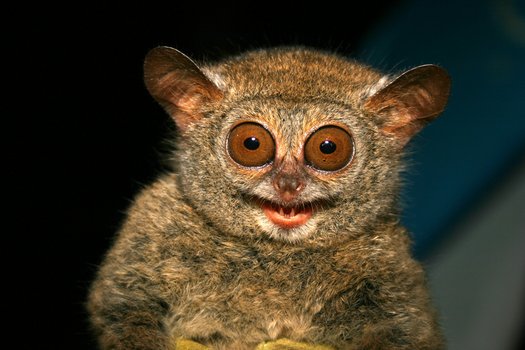Das Meer selbst ist RIESIG: Ozeane nehmen zwei Drittel der Erdoberfläche ein und machen unseren Planeten – vom All aus betrachtet – zu einem blauen. In der dritten Dimension ist das Meer nicht weniger RIESIG: Die höchsten Berge der Erde ließen sich in den tiefsten Gräben des Pazifiks ohne weiteres komplett versenken. RIESIG sind auch viele der Organismen, die diesen scheinbar unermesslichen Raum bevölkern.
Die große Säulenhalle im Schloss Rosenstein wird zum Meer. Steigen Sie ins U-Boot, tauchen Sie ab und gehen Sie auf eine Reise in die geheimnisvolle Welt unter Wasser!
Seiwal und Pottwal, Walhai und Weißer Hai – der für die Sonderausstellung völlig neu gestaltete zentrale Meeressaal ist ein Raum der Superlative. Rekordhalter unter den Riesen der Meere sind ohne Zweifel die Wale. Wer den 13 Meter langen Seiwal, eines der Highlights der Ausstellung, umrundet, kann auf der einen Seite seine makellose stromlinienförmige Eleganz bewundern und erhält auf der anderen Seite Einblicke in sein komplexes Innenleben. Ebenfalls im freien Wasser unterwegs sind zwei große Haie: der riesige Walhai, der als größter Fisch wie der Seiwal von Plankton lebt, während der selten gewordene Weißhai große Tiere und darunter selbst Meeressäuger erbeutet.
Nicht weniger imposant als Seiwal und Walhai ist das erstmals gezeigte Skelett eines Pottwals, des größten aller Zahnwale. Auf dem Boden der Tiefsee bilden sich auf solchen abgesunkenen Meeresriesen Oasen des Lebens.
Tiefsee – der größte Lebensraum der Erde und einer der extremsten. Im ewigen Dunkel sind äußerst merkwürdige Organismen unterwegs, legendär vor allem die mythenbehafteten Riesenkalmare. Haben sich Ihre Augen ans Dämmerlicht gewöhnt, werden Sie sie entdecken, skurrile Gestalten wie den riesigen Riemenfisch, Riesenkrabben und Riesenasseln!
RIESIG kann auch aus ganz Klein bestehen: Krillkrebse oder Fische können sich zu großen Schwärmen zusammenschließen. Winzige Korallenpolypen bilden ausgedehnte Riffe und damit die vielfältigsten und artenreichsten Lebensräume unter Wasser. Weniger bunt, aber kaum weniger komplex sind von Riesentangen gebildete Tangwälder, die Sie im Ausstellungsraum „RIESIG komplex“ durchstreifen können. Dort holt uns aber auch die Zivilisation ein – gewaltige Müllstrudel beeinträchtigen die marinen Ökosysteme massiv.
Weit weg von solchen modernen Problemen können Sie in „RIESIG im Meer“ auch in die Vergangenheit reisen. Sie treffen dort unter anderem auf einen 190 Millionen Jahre alten riesigen Fischsaurier in sensationeller dreidimensionaler Erhaltung und nicht zuletzt auf das gewaltige Gebiss von Megalodon, dem absoluten Schrecken der Weltmeere der Urzeit.


